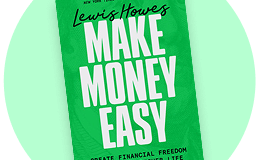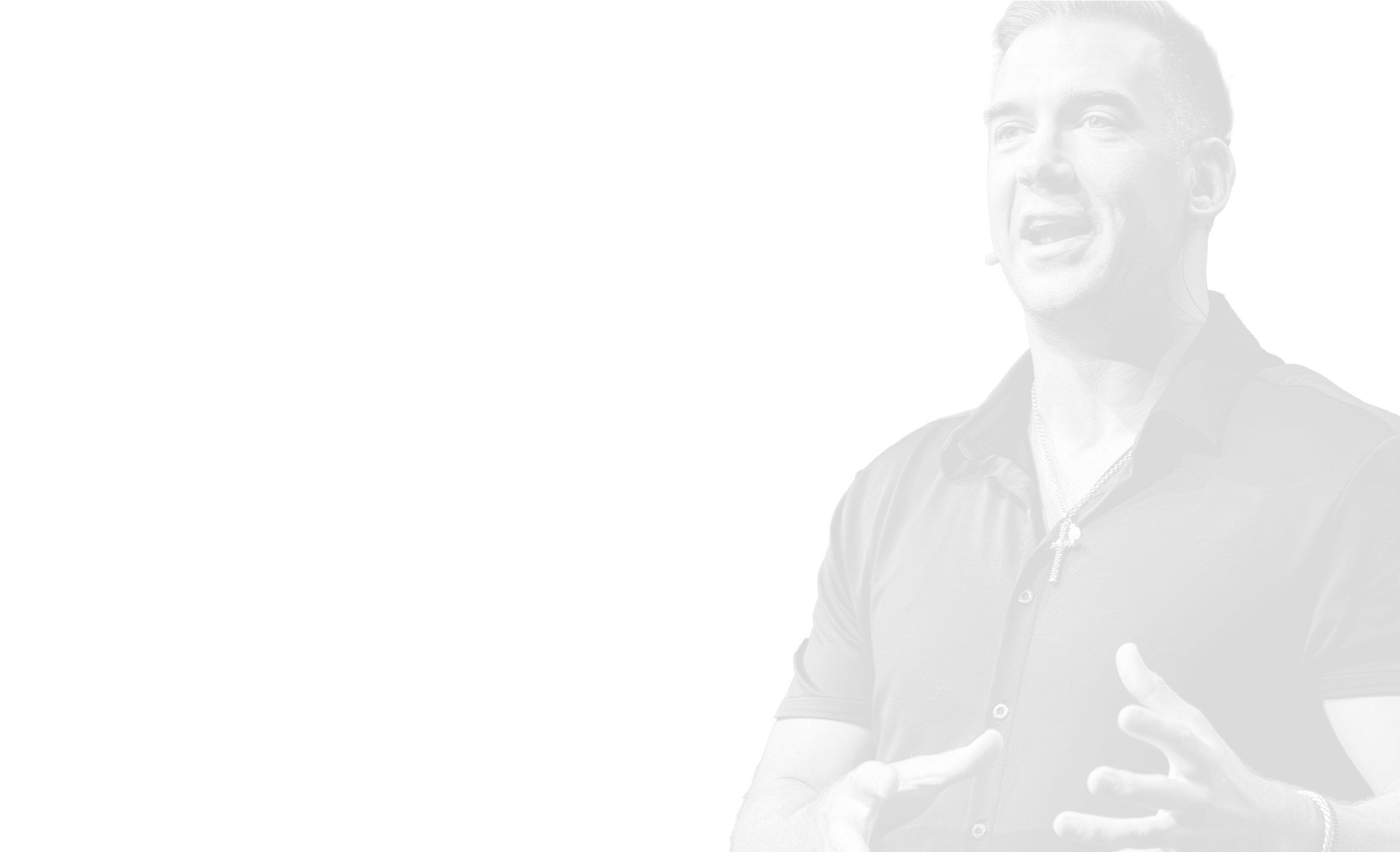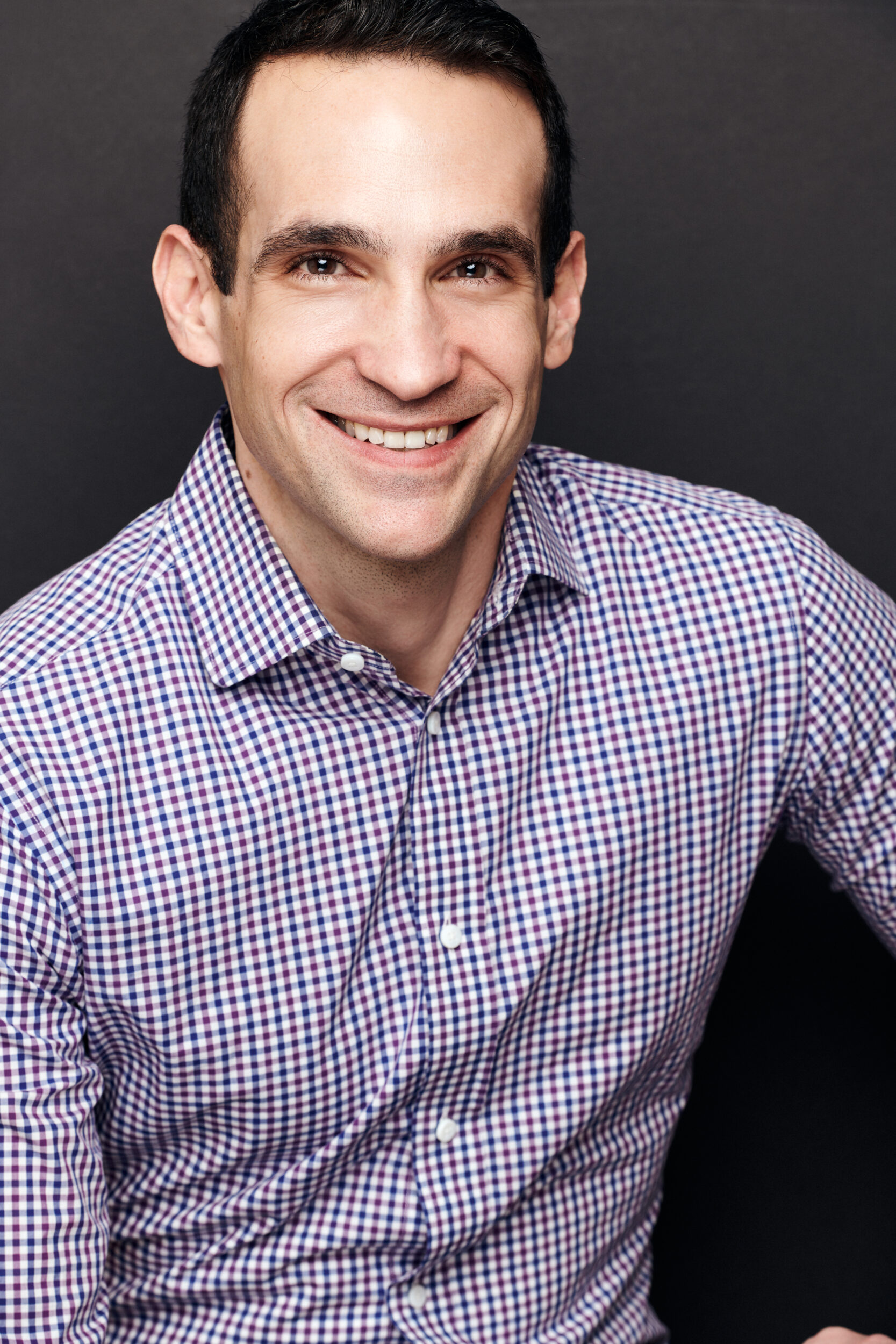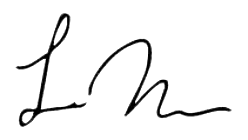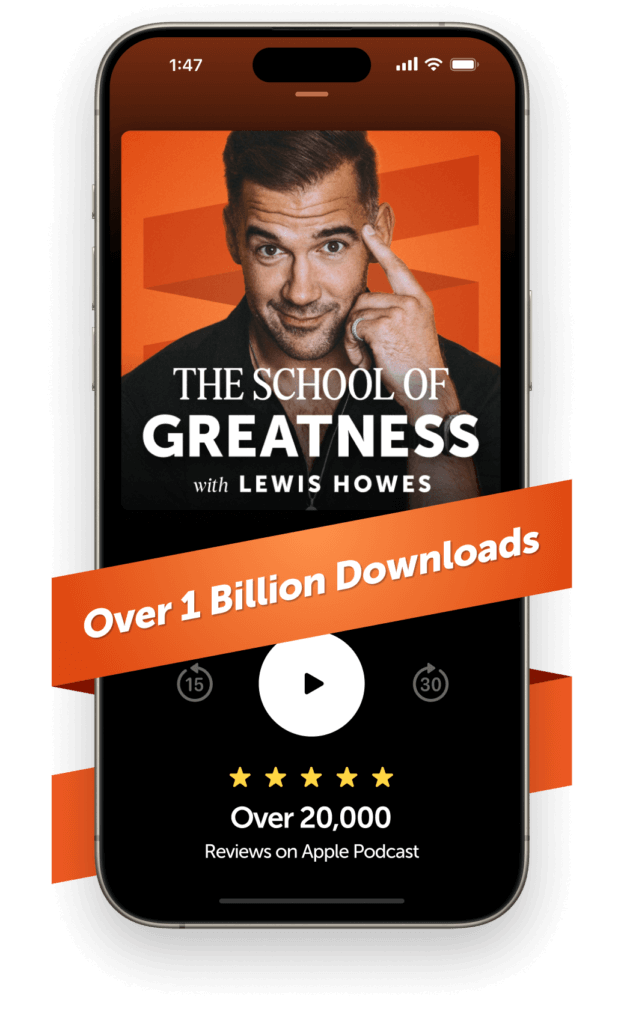Sarah Blakely said, “Don’t be intimidated by what you don’t know. That can be your greatest strength and ensure you do things differently from everyone else.” And Tim Ferriss said, “Focus on being productive instead of busy.”
Sometimes, you are intimidated by something you don’t know about, but you don’t have to know everything. You just need to focus on your strengths and on being productive. Eventually, you will get to your goals, even if you have to do things differently from everyone else.
My guest today is Nir Eyal, a motivational speaker and consultant who teaches about the intersection of psychology, technology, and business, which he refers to as behavioral science, a subject that encompasses user experience, behavioral economics, and a dash of neuroscience. In this episode, he will talk about how to form habits and what we misunderstand about them, how to gain control of where your attention goes, why to-do lists are bad for you, and what Nir suggests instead. It’s a great conversation about evolving towards optimum productivity by simply changing our habits, so brace up for another exciting episode of The School of Greatness.
Who Is Nir Eyal?
Nir Eyal is an investor, writer, and lecturer in marketing at the Stanford Graduate School of Business, where he also completed a Master of Business Administration degree despite receiving most of his education and an advanced degree from The School of Hard Knocks. He also taught at the Hasso Plattner Institute of Design. His writing on technology, psychology, and business was featured in the Harvard Business Review, The Atlantic, TechCrunch, and Psychology Today.
For most of his career, Nir Eyal worked in the video gaming and advertising industries where he acquired the skills and techniques he used to motivate users. As a writer, he worked for several companies, writing about behaviors that benefit their users while educating people on how to build healthful habits.
Nir Eyal is a bestselling author of two books. The first one, Hooked: How to Build Habit-Forming Products, talks about how successful companies create products people can’t put down. His other bestselling book, Indistractable: How to Control Your Attention and Choose Your Life, provides a framework that will deliver the focus you need to get results. Both books dwell on habits. His second book, Indistractable, talks about how to break bad habits, while Hooked talks about building good habits. His books have sold more than 300,000 copies, and they are used in various industries. Kahoot, a game-based learning platform, uses the Hook model to get kids hooked onto learning, while a fitness app, Fitbod, uses the Hook model to get people hooked to their fitness programs. In this episode, Nir Eyal will give us a synopsis of the Hook model, and how we can apply it to create habits that will make us more productive at what we do.
Creating Healthy Habits with the Hook Model
People nowadays go to Google if there’s something they don’t know about. If they don’t know the definition of a word, they “Google” it. If they want to buy something and they don’t know where to go, they “Google” it. And if they want to do gardening in their backyard but don’t know how to, they’ll go to Google to look for advice. In effect, Google created a habit among its users for certain needs.
“If you can create that kind of habit with your customers, it’s a massive competitive advantage, and it’s a way to help people form good habits in their own lives.” – Nir Eyal
By creating a habit in its users, Google was in alignment with the Hook model, which is a 4-phase process many companies and businesses are using to create products and services that will become habitually used by its target customers. At its core, the Hook model creates habits by connecting the customers’ needs to the company’s services, products, or solutions, with enough engagement.
The 4-step process of the Hook model starts with 1. trigger, 2. action, 3. reward, and eventually reaches 4. investment.
Step 1: Trigger
The actuator of a behavior is the trigger, which works like the spark plug in a car that sets the motion and starts the engine.
“There are two types of triggers. We have external triggers and internal triggers. External triggers are the pings, the dings, the rings, everything in our outside environment that tells us what to do next.” – Nir Eyal
To alert and capture potential customers, companies create external triggers like text messages, phone calls, ads, and emails. These triggers catch your attention in usually unexpected ways.
“An internal trigger is an uncomfortable emotional state that you seek to escape from. And the solution to that discomfort is found with the products you use. So fundamentally, … you have to understand that your behaviors always originate from discomfort.” – Nir Eyal
Discomfort forms a behavior. How about you? What causes discomfort in your life? By knowing what your discomfort is you will better understand your behavior. If you are bored, you will turn on the TV and watch movies or play video games. And every time you are bored, you will keep on doing the same things, eventually forming a habit. Companies create habit-forming products from the discomfort of their target market. By creating a solution to their discomfort, customers will keep coming back, forming behavior and creating a habit.
Step 2: Action
Every time you click on those ads that appear in the newsfeed of your social media accounts, you succumb to the triggers of the advertisers. The same is true when you open the emails or read the text messages of these companies — you are acting on these triggers in anticipation of rewards.
Step 3: Rewards
When you finally click on the ads, you will be redirected to their websites or landing pages where you will be rewarded with the information you are looking for. If you are satisfied with the rewards, you are reinforcing the cycle of behavior that creates a habit.
Step 4: Investment
This is the stage where you are being set for the next trigger. When you subscribe to a Facebook page or a YouTube Channel, you are investing time for future updates or triggers.
Every time you sign up for an opt-in email subscription or turn on the notification to a post, you are giving your consent to receive future updates and get alerts for new posts. But have you thought that your actions will cause more distractions in the future?
Distraction is a constant struggle today, especially in the digital world where we live in the “always-on” culture. We are always connected by our mobile phones and laptops through the internet, causing endless distractions. In the end, we lose traction due to distraction, making it hard for us to focus and become productive, unless we start managing our time by planning our activities ahead and schedule certain tasks.

